Project Motor Racing İncelemesi: Temel Kusurlar Nedeniyle Zorlanan, Gelecek Vaat Eden Bir Simülasyon
Project Motor Racing review arrives with expectations shaped by the legacy of Slightly Mad Studios’ earlier work and a promise to revive the structure of traditional circuit racing games. Its car list is broad, its tracks are recognisable, and its design distances itself from the free-to-play hooks and live-service pressures that define much of the current market. The game positions itself as a spiritual successor to the now-dormant Project CARS line, rebuilt under Straight4 Studios, and it aims to provide a stable single-player path without microtransaction layers or subscription requirements. Yet its current state leaves the experience strained by unpredictable AI behaviour, harsh penalties, technical issues, and uneven vehicle physics. These elements weigh heavily on an otherwise well-intentioned framework.
The review material highlights a game caught between ambition and execution. At launch, its most visible issues rise from the on-track action, where contact with rival drivers occurs with little recognition of player position and outcomes rarely balanced by logic. The penalty logic compounds this, producing time deductions for incidents caused by the AI or for mistakes that already cost the player momentum. Technical bugs, handling inconsistencies, and missing support features add to the friction around core gameplay loops. As a result, many races become exercises in recovery from scenarios outside a player’s control.
This assessment draws on Luke Reilly’s review on IGN, which offers a detailed account of the game’s strengths and failures across a range of vehicles, tracks, and controller setups.

Project Motor Racing positions itself as a successor to Project CARS 2 rather than the more casual Project CARS 3, effectively ignoring the latter’s design detour. Straight4 Studios, reformed from Slightly Mad’s earlier team, carries forward much of the legacy tech and philosophy. The approach focuses on structured motorsport progression, a limited but targeted car selection, and support for modding on both PC and consoles. Its career system offers flexible starting budgets and multiple save slots, letting players begin with entry-level machinery or jump directly into top categories. Payout systems can be tuned to match preferred difficulty and structure. Yet these strengths lead only so far, because once a championship begins, the race-to-race experience exposes the core problems that define the release version.
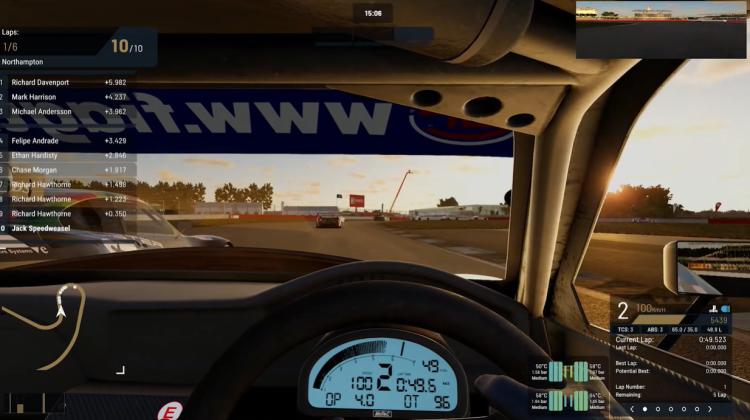
The AI system is the most disruptive element. Rivals pursue the racing line with rigid priority and show little awareness of cars beside or ahead of them. Side-by-side positioning triggers collisions that send the player off course without slowing the AI. Rear-end impacts often have no visible effect on opponents, who continue on unaffected while the player’s car absorbs the consequences. The absence of a radar or spotter reduces situational awareness in close traffic, and on consoles, the maximum AI grid size is limited to fifteen competitors, limiting race density for a title aiming to simulate modern multiclass and touring-car fields. This produces a narrow, artificial feel to events that should rely on spatial awareness and dynamic positioning.
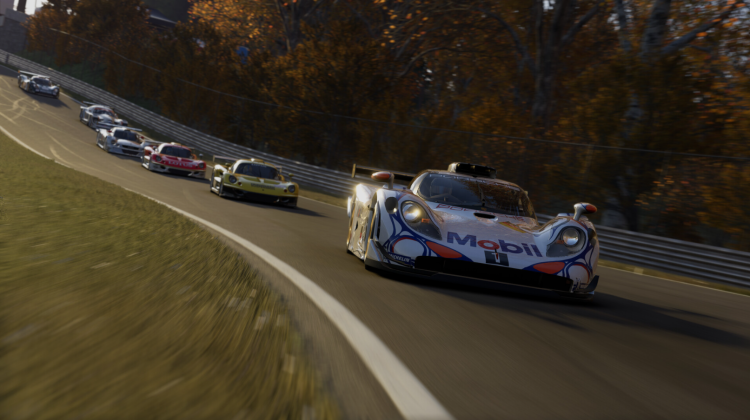
The penalty system compounds these issues. Track-limit detection triggers strict time penalties regardless of the advantage gained. Being forced wide by an opponent produces the same punishment as missing an apex by overcommitting. Recoveries from spins or loss of position still register as violations, even when the player has already lost significant time. The system can also be exploited in ways that break race flow, with certain corners allowing straight-line shortcuts that deliver position gains even after the mandatory slowdown. These inconsistencies disrupt competition and discourage engagement with the “authentic” difficulty mode, which enforces high AI strength and forbids race restarts.

Beyond race logic and penalties, the management layer misses expected motorsport features. Players cannot design team appearances or apply sponsor branding. While mod support is available, core user-facing customisation tools remain absent. Career progression revolves primarily around choosing events, paying entry fees, and attempting to keep the team solvent, with no broader team-building mechanics to enrich the season. The structure remains functional but limited, lacking a sense of personalisation or long-term investment.
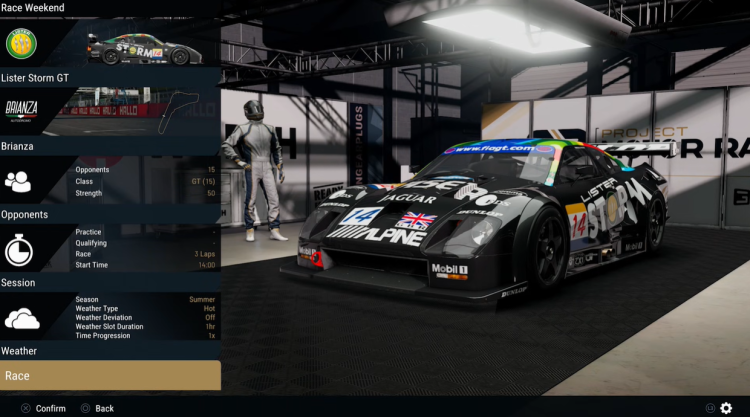
Vehicle variety is one of the game’s stronger foundations. The launch roster features more than seventy racing cars, focusing on competition-ready models rather than mixing road vehicles with track-spec builds. The absence of Ferrari and McLaren leaves gaps in key categories, but the inclusion of older GT and N-GT machines gives the garage a distinctive flavour. The Lister Storm, with its large displacement V12, stands out as one of several niche inclusions that rarely appear in modern racing titles. Planned DLC additions, including Australian touring cars from multiple Supercars eras, suggest an intention to broaden category representation over time.
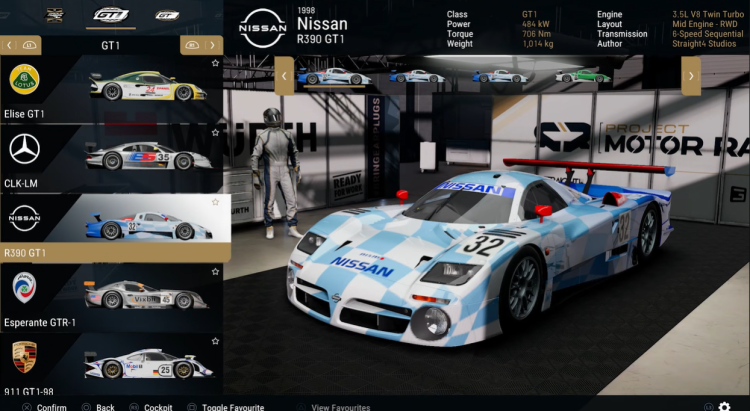
Visual presentation, however, does not consistently reflect contemporary standards. Cars appear detailed in menus, but on-track rendering looks washed out. Weather effects lack depth, and damage modelling remains limited. Sound design captures a range of mechanical textures yet leaves engines without the depth or tonal richness expected in a dedicated simulation. Despite these shortcomings, force-feedback performance on racing wheels shows promise. Several GT3 configurations deliver coherent weight transfer, kerb response, and traction variation, particularly on circuits with elevation changes such as Mount Panorama. Cold-tyre behaviour is pronounced, demanding careful rhythm early in stints.
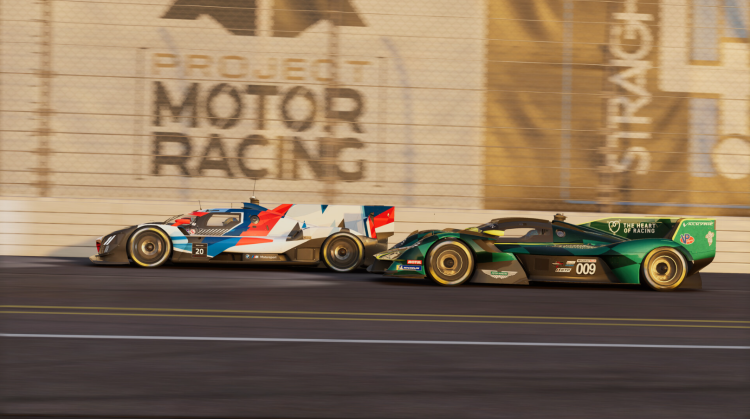
Not all cars demonstrate this clarity. Hypercars, prototypes, and high-downforce classes exhibit unpredictable handling that conflicts with their expected aerodynamic stability. Sudden lateral movements, exaggerated slip, and an absence of downforce feel create difficulty even with wheel setups. On gamepads, the situation deteriorates further. Steering inputs become overly sensitive, causing rapid oscillations and destabilising the car with minimal stick movement. Even after reducing sensitivity, twitchiness persists, making certain vehicle classes difficult to control competently.
As a complete package, Project Motor Racing resembles an early-stage build rather than a final release. Its underlying structure shows potential for growth: mod integration could broaden vehicle and livery availability, and physics updates may stabilise erratic handling. Refinements to AI behaviour and penalty logic would transform race flow and alleviate many of the frustrations noted by early reviewers. Yet at launch, the game’s shortcomings overshadow its ambitions. Anyone expecting a polished successor to Project CARS 2 will encounter a product unable to match its predecessor’s cohesion.
In the penultimate paragraph only, the reviewer’s direct language captures this sentiment plainly:
“Right now, Project Motor Racing feels like an early access game that hasn’t actually been identified as such.”
— Luke Reilly
The game’s current form underscores the tension between concept and execution. Its car roster, track list, and structural ideas suggest a capable sim racing platform, but its on-track flaws undermine the progression systems built around them. If updated consistently, Project Motor Racing may evolve into a viable alternative for players who miss the earlier Project CARS entries that have since disappeared from digital storefronts. For now, the gaps in logic, balance, and handling overshadow the features intended to support long-term engagement.


11 Para Yatırma Bonusu + FreeSpin
EKSTRA %10 PARA YATIRMA BONUSU + ÜCRETSIZ 2 ÇARK DÖNDÜRME
EN İYİ ORANLAR, ücretsiz günlük kasa, ücretsiz yağmurlar, günlük, haftalık ve aylık komisyon iadesi!

Şimdi kaydolun ve 1 ÜCRETSİZ VAKA kazanın
Ücretsiz Kasa ve %100 Hoş Geldin Bonusu



Yorum